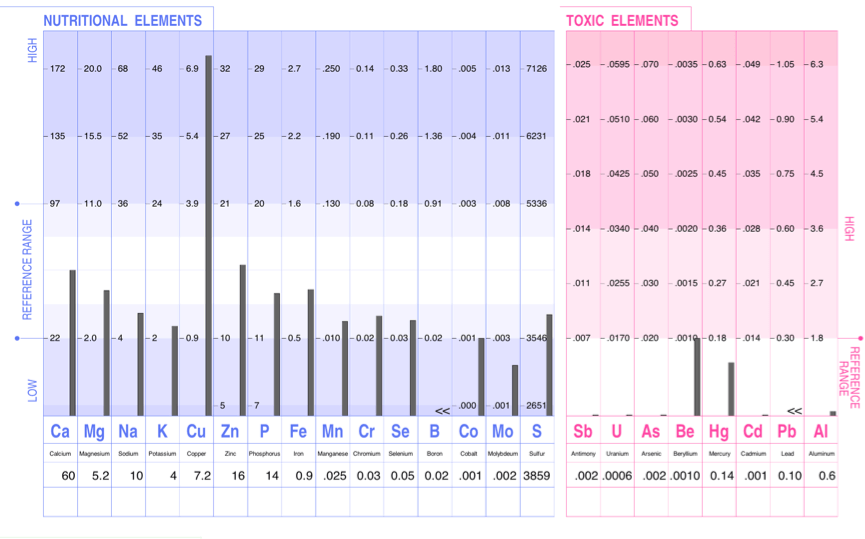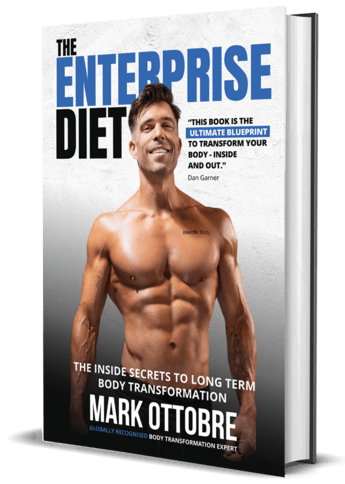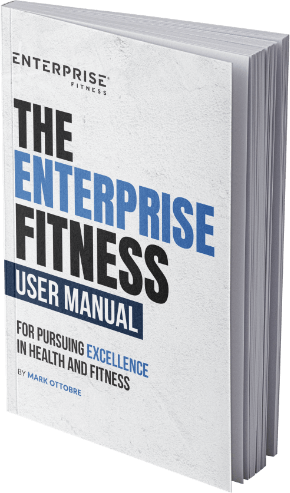A MUST READ FOR WOMEN WHO LOVE BABIES AND FITNESS!
Here is my story of the 9-month span in our lives that led to bringing our perfect little chomper to his mummy and daddy.
I want to stress that this is my personal experience and the following insights worked for my body, and may not necessarily be the same for others. Please consult with your doctor or midwife if you have any concerns; remember to listen to your body, trust your instincts and do what you feel is right.
So let’s begin…
Even though I look like a 26 year old, ahem, my husband reminded me that I am in my early 30’s and time to start thinking about having children soon. I had previously been diagnosed with PCOS through ultrasound and having the symptom of amenorrhea for almost a year.
I absolutely love my training and living a healthy lifestyle all throughout the year, so as a result I maintain a body fat of about 12% consistently (measured using Biosignature caliper reading, for a more precise measurement, use a Dexa scan). The combination of PCOS and the theory of long-term low body fat contributing to infertility led us to the conclusion that it may be difficult for me to conceive. Hence, Mark and I decided we would leave our options open and see what happens.
To both of our surprise we returned from our honeymoon with a little baby growing, who sure enough became our little Max James. We worked out that I got pregnant on the first go!
We didn’t leave everything open to the universe. After doing some research I found the best way to prepare for pregnancy and to get the body into optimal health for conception is to start 2 years prior to conceiving. I short cut that a little bit and gave myself 1 year, but like I mentioned I was already fit and healthy.
Steps that I took to make sure I was a well-equipped baby-making machine
Blood tests
To evaluate thyroid, liver, inflammation, vitamin D, adrenals and check if there was anything underlying that I wasn’t aware of. The reference ranges that I use from a functional health perspective are more narrow than what you’d find at your local GP as I was going for optimal health and not the health of the Homer Simpson.
MTHFR gene test
Don’t let the name put you off, this is a simple blood test which can play a big part in both helping conception and ensuring the birth of a healthy child. The MTHFR gene is how your body utilizes folic acid and other forms of folate. There are several variants to the gene, if you are positive for the C667T gene you MAY have a decreased ability to produce the body’s most active form of folate which is methylfolate. Methylfolate influences DNA regulation, neurotransmitters, hormone levels and detoxification. If you do test positive it’s important that your prenatal vitamin contains an active form of folate and not just folic acid. For those having difficulty conceiving this might be something to look at.
Hair mineral analysis
This test assesses the heavy metal status and mineral deficiencies. Any detoxing that needed to be done, I wanted before pregnancy; metals in the body can affect the development of the baby so detoxing during pregnancy can be quite harmful.
Example of my results are below:
My hair test results came back with reasonably high levels of metals. The Mercury may have been an accumulation from previously eating copious amounts of canned tuna. I used essential minerals such as magnesium, manganese and zinc; these are involved in detoxification pathways, help to boost the immune system and fight free radicals. In my protocol, I also used supplements to increase the synthesis of Glutathione.
Glutathione is your body’s most abundant antioxidant and is involved in DNA regulation and repair, protein synthesis and maintaining the integrity of the immune system.
Supplements that increase glutathione pathways are:
- A Lipoic Acid
- N Acetyl Cysteine (NAC)
- Glutamine
- Glyceine
- Vitamin C
Organic Acid Test
If you want to be really thorough, you can check your environmental toxicity through an Organic Acid Test. This gives you a very specific break down of your energy cycle, which amino acids and neurotransmitters you’re deficient in, if there is gut dysbiosis present and environmental toxicity, such as parabens, phatlates and petrochemical sources.
Muscle Testing
I met Bob Guiel, one of the leading Applied Muscle Testers in the world, in my last trimester of pregnancy. In retrospect, it would have been beneficial to meet him in my first trimester, as he gave me a detailed insight to what I required without the need to do multiple testing and wait for results. Bob uses a method called AMT Muscle Testing.
Supplementation
My supplement regime was fairly simple and centred around what the baby required from the time of conception; this didn’t change much throughout the pregnancy. It is important to take a practitioner approved prenatal vitamin containing active ingredients, such as, Folate, B Vitamins, Choline and Iodine that are essential for the baby’s brain and thyroid. Some of the over the counter pre-natal vitamin brands and even pharmaceutical brands contain fillers or minerals that prevent optimal absorption. A few of the brands I used for Pre Natal Vitamins are Designs for Health and Poliquin. Everything is in one sachet, making it very easy to take and carry when travelling. Supplements that I took prior to pregnancy were;
- Zinc Aspartate and Orotate
- Fish Oil
- B Vitamins
- Magnesium: Combination of 4 different chelated forms; glycinate, fumarate, taurate and orotate.
- Prenatal Multivitamin
- Probiotic
For your hubby, partner or lover, the most important supplement for them to take is zinc,this may increase testosterone and helps increase sperm count.
Nutrition
I didn’t change much in the way of nutrition prior to getting pregnant. I had plenty of good fats in my diet, such as organic butter, coconut oil and avocado – all synthesized by cholesterol, ensuring my hormones remained balanced. As we were on our honeymoon when we started our baby making adventure, I didn’t miss out on all the European delights on offer.
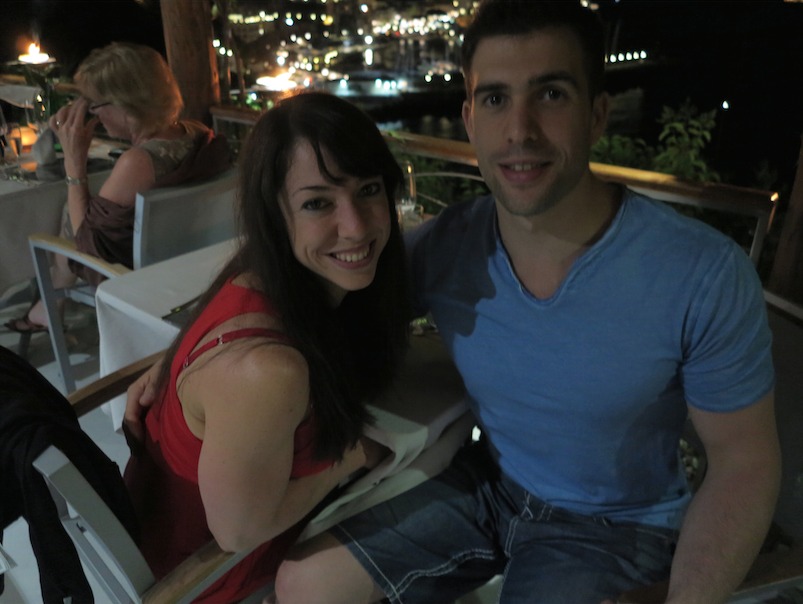

Besides our little European lash out, my diet always consists of high protein and fats, moderate carbohydrates that are gluten and dairy free. Well dairy free 97% of the time with the exception of the occasional organic full fat ice cream at Fritz Gelato. I am well known for travelling with an eski so I don’t get stuck for healthy eating options. Our meat is always free range and grass fed and we do our best to have low pesticide intake by keeping the vegetables organic. This is an important factor for males to consider when thinking about fertility as high xenoestrogens, which you get from pesticides, plastics and other environmental toxins; can lower fertility.
The Pregnancy: My first 12 weeks
My pregnancy was all hush-hush until we had the second ultrasound and saw that the little dot with a heartbeat that we initially saw at my first 8 week ultrasound had now grown into a little human that was kicking around and doing summersaults. Usually I am quite a positive person, but I have to admit that I wasn’t the calmest pregnant woman.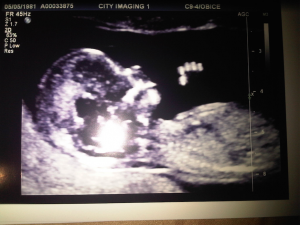
Having worked in neonatal intensive care as a registered nurse and seeing a lot of very unwell babies that were premature, had congenital disease or other health conditions, it took a lot of positive thinking, mindfulness practice and meditation to get me through some days. For example, when I had my 34-week ultrasound, I went through each clip and comment, and researched all the terms and measurements on the take-home recording to reassure myself that the baby had no abnormalities, and was growing in proportion.
Uhuh! Crazy Mamma!!
At every ultrasound I breathed a sigh of relief; everything was progressing perfectly.
I was very sensitive to people’s comments and quite easily overthought things; whether the comment was on how small my tummy looked, if I was overtraining, eating too little or the wrong foods, or overheard another mother’s traumatic labour experience. So, please note to anyone speaking to a pregnant woman, if you don’t have something nice to say, don’t say anything at all.
I may have masked my anxiety on the outside but the thoughts weren’t ‘quiet’ on the inside. The restrictions of training was one of the most frustrating parts of being pregnant, or I should say, the limitations put on my training from my dear, overly-protective husband. During the first 12 weeks, it’s crucial to avoid overtraining, as this is the most prevalent time for miscarrying. The rule of thumb is to maintain a heart rate under 140 bpm; the baby’s heart rate is double that of the mother’s, so exceeding this will cause the baby unnecessary stress.
I must have been overstepping my boundaries, one day Mark turned up with a heart rate monitor, and checking in on me more frequently than normal. I knew when I overexerted myself; I’d get short of breath very quickly and could feel my heart pounding. In pregnancy there is an increase in blood volume, thus an increase in stroke volume and cardiac output. When you’re exercising, the blood volume goes to the muscles and away from the placenta which can make the baby hypoxic and which is why we don’t want to increase the heart rate too much by doing high repetition workouts.
Mark would frequently tell me to stick to a rep range of 3 to 5 reps but that to me wasn’t a workout! I’d sneak in a couple extra reps so I could at least feel like I was training.
A typical training session would go something like this…
Me: Sweet! Mark’s in the office, let’s quickly stack 40 kg on the prowler for a sprinting session.
1st round done.
I’m hiding outside Enterprise Fitness and taking deep breaths in an attempt to stop my heart from jumping out of my chest before Mark sees me.
Mark comes over, “Honey, are you okay? What’s your heart rate?”
Me: “Oh just around 90 bpm. I’ve finished my workout now; I did 5 sets of 8 reps for deadlifts, squats and overhead press. I think it’s home time now.”
Mark: “8 reps is too much. I said to stick to 3 to 5 for your rep range”.
5?! Far out! Imagine if he saw the prowler!
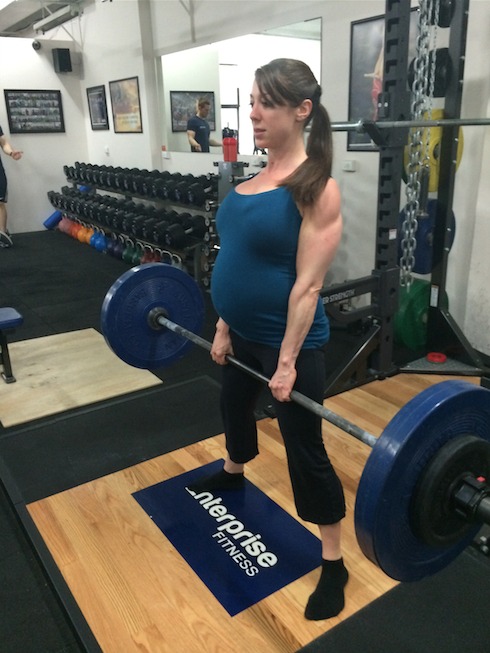
What, No Cravings?!
As far as nutrition went during pregnancy, I barely had any cravings. All I wanted was lots of meat and surprisingly, nothing sweet. I had a few food aversions in the first 12 weeks of pregnancy and found breakfast to be the biggest issue as usually I have a high protein breakfast and I didn’t want anything besides white rice. Thankfully that didn’t last too long and I was able to go back to my usual breakfast of lamb mince, steak or eggs.
Great, Morning Sickness…
I had a bit of morning sickness during the first 12 weeks but that resolved when I started taking a supplement from the Poliquin range called Methylator 2.0. This supplement contains activated forms of several B vitamins including Folate (5 MTHF), Methylcobalamin B12, and Pyridoxal 5 Phosphate B6 to support the body’s methylation process. Consuming the active form of these vitamins saves the body from having to convert them via the gut or liver, which won’t occur if you are deficient in hydrochloric acid or other coenzymes that are needed for conversion.
Making sure you have enough red meat in your diet before you get pregnant helps to decrease morning sickness as well as it contains B6 and amino acids which are involved in methylation and liver clearance as well as preventing fatigue by keeping blood sugar levels stable. I used to always have a packet of ‘Mary’s Gone Crackers’ in the cupboard for the times I did feel nauseas. The crackers are organic and gluten free and contain a mix of seeds.
Second Trimester
The second trimester I felt at my best. My belly wasn’t too big and my energy levels had increased. I increased my training intensity, which made me feel almost normal again. They say you can continue to exercise at the same level as you were prior to being pregnant; whether it was running, powerlifting, crossfit etc.
In saying that, if you haven’t done any exercise prior to getting pregnant, commencing a new program isn’t advisable and you should stick to pilates, yoga or walking.

Exercise has so many health benefits during pregnancy. It reduces the risk for gestational diabetes, pregnancy related high blood pressure, fluid retention, post natal depression and sustaining your energy during labour. If you’re thinking about getting pregnant and not exercising at least 3 days a week this is something you should consider incorporating into your baby-making plan of action.
I tried yoga.
Honestly I did, as I was told it was very beneficial for learning to breathe, open up, stretch and relax your body.
The most annoying thing is, they slot you into the pregnancy group as apparently some of the stretches loosen your pelvic floor up too much. I found pregnancy yoga incredibly slow and boring and I would get very restless and want to do a real training session afterwards. But I gave it an honest shot and gave them four, one-hour sessions of my life.
My training during pregnancy included squats, deadlifts, chin ups, kettlebells and everything I loved until it felt uncomfortable. Max was a little wiggler during the day but I noticed he would get very still and quiet when I would train. I was obviously moving enough for him.
If you are still incorporating compound exercises during a strength workout, take into account the way you breathe during training. You don’t want too much pressure on your diaphragm as that pushes the baby down. To stop this from happening you inhale during the eccentric phase and exhale through the concentric phase of muscle contraction. Exercises where you are lying on your back aren’t advised either, these movements put pressure on your aorta and you’ll find them quite uncomfortable anyway.
The biggest key is listening to your body; rest when you need to and don’t push beyond your limits (says me). “Plenty of time for that post pregnancy”, says the husband.
My nutrition during my pregnancy stayed fairly basic throughout. While you are pregnant, they say to exclude soft cheese and processed meats. As these are not foods I would usually eat it didn’t make a difference to me. I never got those intense cravings that I heard other women speak of that wanted to have ice cream, watermelon, sushi or MacDonalds in the middle of the night. Mark never needed to make midnight errands.
As I got further into my pregnancy, I did wake up frequently during the night absolutely ravenous and would devour all the leftovers in the fridge. It was like I was in competition prep for a figure competition and was hungry all the time from becoming a metabolizing machine; except on this occasion I was pregnant. I heard quite frequently, “you’re eating for two now” when really, you only require an extra 300 calories; definitely NOT a two person meal! I ate when I was hungry and didn’t deny myself foods that I felt like. However, my cravings did revolve around meat and fresh savoury foods, like hummus and cucumber sticks, or even sauerkraut. Has anyone had ‘Byron Bay’ Sauerkraut? When I was pregnant I thought it was the bomb and would consume whole jars of it.
Third Trimester and preparing for labour
When I was 36 weeks pregnant, I had another consult with Bob Guiel. He firstly reassured me the baby was healthy and happy. He then went on to tell me what my body needed. While pregnant, I had terrible insomnia and had sought out both a naturopath and a Chinese medicine doctor to see if they could give me some insight. Both of them offered herbal remedies which didn’t resolve anything.
I was quite nervous about taking the Chinese herbal remedies as they do have a reputation for containing heavy metals. When Bob muscle tested me, he specified which herbal formation my body needed and the specific instructions on how to take the herbs so it worked with my body. Other supplements he suggested to help with sleep and anxiety were:
- Chromium – Blood sugar regulation and my midnight hunger pains.
- Pyridoxical 5 Phosphate – Needed for methylation and liver support
- Magnesium – Sleep, liver support, fluid balance and blood sugar regulation.
- Inositol – Sleep and decreasing anxiety.
And it worked!
Like I said previously, I wish I saw him in my first trimester. Magnesium is one of those ‘wonder’ minerals that is involved in over 300 enzymatic processes in the body and is only 40 – 60% absorbed. There has been research to show that preeclampsia can result from a magnesium deficiency, so it may be a supplement you might want to consider while pregnant. It’s great for reducing swelling and fluid retention which is a common complaint amongst pregnant women.
I have a lovely friend, Charmaine, who has two beautiful healthy children and was a great ‘go to’ when I needed some confidence from someone else’s experience. She referred me to calm birthing classes by Noble Birth, created by Andy Mayer. The practitioner comes to your house and goes through the breathing practice with you and your partner and discusses your goals and what is important for you to achieve in labour. Noble Birth send you online resources, including a workbook for planning the birth, and two meditative CDs, which were wonderful in calming my mind, especially in the last few weeks.

As it comes closer to the when your due date is, the correct position for the baby to be in is cephalic, or positioned with the head down towards the opening of the cervix. 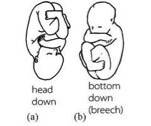 The baby usually goes into position one to two weeks prior to your due date in preparation for labour. The midwives or obstetrician can tell the baby’s position by palpating your tummy and listening to where the location of the heartbeat is via a Doppler. You’ll hear the term; ‘the head is engaged’ during your hospital visits. Sounds like you’re about to shoot out a missile.
The baby usually goes into position one to two weeks prior to your due date in preparation for labour. The midwives or obstetrician can tell the baby’s position by palpating your tummy and listening to where the location of the heartbeat is via a Doppler. You’ll hear the term; ‘the head is engaged’ during your hospital visits. Sounds like you’re about to shoot out a missile.
As it was coming close to the expected arrival of our ‘not so little bump’, I was becoming quite confident that the hard, round bump I could feel at the top of my belly was a little head and not a little bum. My midwife and obstetrician kept reassuring me they could hear the heartbeat at the bottom of my belly so it must be in the right position and not to worry.
I tried to wait patiently as everyone was telling me it would be fine, at 34 weeks I still have plenty of time for the baby to turn. Other mummies told me stories that their baby even turned during delivery. But my intuition was saying that something wasn’t quite right, and naturally wanting to have a bit of control over the situation, did not want to leave anything up to chance.
I asked my doctor for an ultrasound and saw that little Max had done so many somersaults, he had wrapped his chord around his neck twice and had gotten stuck. He was going from a transverse position to a fetal position.
Arrrggghh…this was not what I had planned!
If he doesn’t turn around and untangle himself that means a C Section. This was not what I had envisioned during my meditation and breathing exercises. But I wasn’t about to just take their word for it. I wanted to have a natural delivery and pushed forward to seek alternative methods. I went and saw a Chinese Medicine doctor who had been very successful in turning babies using Moxibustion (Moxi). I was now 37 weeks and he was confident we still had time for him to turn. We went home and did Moxi for 10 consecutive nights and would see a little alien moving around in my tummy each time. Moxi increases the flow of blood around the bladder meridian so it encourages the baby to move into the right position. Max definitely seemed like he was trying to get into the right position but the next morning he would end up back where he started in.
After the end of the 10 days, it was time for my hospital appointment where they confirmed he was still in a breech position. I was told I had a couple of options to consider such as an External Cephalic Version (ECV) which is where they turn the baby from the outside by applying pressure using their hands or failing that, a breech delivery, where the baby is delivered feet first. After consideration, I opted to do an ECV and if that didn’t work I’d attempt a breech delivery: I was determined to have this baby naturally. It’s funny how you can hold onto an idea emotionally and forget about what is really important, which in this case, a health baby and healthy mummy.
At our final hospital visit, with an appointment to do an ECV, the midwife on shift did an ultrasound that came up with a very unclear image. She made no comments regarding the baby being breech and said the baby was in a transverse position with his head pointing downwards and he was in a perfect position to turn. The midwife went on to say that we had nothing to worry about and the doctor could turn Max easily by ECV technique and that they did it all the time. Marks protective instincts went up and he confronted the midwife on the unclear image and that she couldn’t view where the chord was. Mark who usually lets me trust my gut instincts and make my own decisions, started to voice his concerns (anyone that knows Mark knows, I’m being polite by using that expression).
The obstetrician who was going to do the ECV did a repeat ultrasound where he used the visualization of blood from the chord on the ultrasound to locate where the chord was positioned. Unfortunately the chord was still wrapped around Max’s neck and there was no way he would do an ECV or breech delivery as it was unsafe.
Well there you have it. I had only said to someone a week earlier, the only thing that I didn’t want was a caesarean. Ha! But I did say, I wanted a quick labour with no tearing… Suppose I got exactly what I wanted.
Labour Day
Mark and I were both excited and anxious at the same time. Finally the long awaited day had arrived. I was 4 days off my due date, and so happy to have carried him to full term.
It was the most surreal feeling going into theatre to have a baby. It didn’t feel natural to me at all. I was a hungry and thirsty pregnant lady who had nothing to eat since midnight the night before and it was now 11am. Anyone who knows me knows I’m not the nicest person when I get hungry, and right now I was an emotional mess.
I couldn’t believe my theatre time had been booked for 8am and now it was 11am. What the hell were these doctors doing? Don’t they know I’m waiting to have my baby and have had no food? How dare the obstetrician stand at the desk and just talk while I’m sitting here an absolute anxious mess, waiting!
Yes, unfortunately this was me.
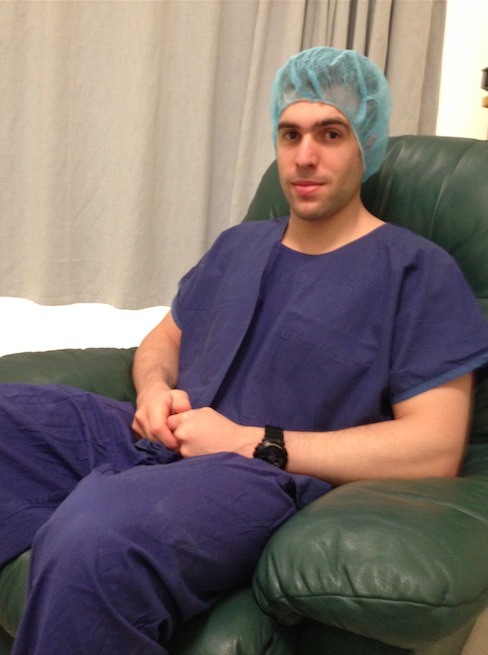
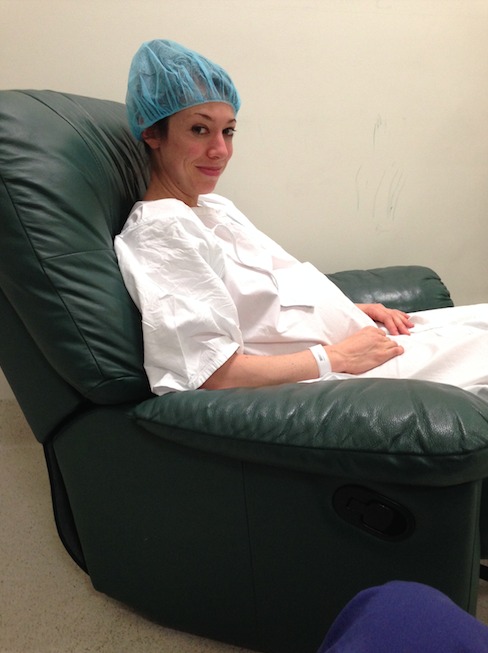
I was given a spinal anaesthetic so I could be present and awake for everything. It’s a faster recovery time than a general anaesthetic, and sends less drugs to the baby. I still had a reaction from the anaesthetic and was vomiting quite a bit till they could settle me. The obstetrician told me the whole procedure would take about 3 minutes.
I could feel them taking little Max out and then I felt a couple of tugs but no baby.
I asked Mark, “Stand up and see what’s happening”.
Mark stood up, went a bit pale, sat back down and said, “everything is fine”.
But it wasn’t fine.
Max was stuck under one of my muscles which they ended up having to cut through. To Mark’s horror, all he could see was them tugging on a blue pair of legs. Luckily Mark had done his research and knew that when babies are delivered via C-Section they need to have CPR to stimulate their breathing response.
Once they were able to deliver our Max, they gave him CPR and we heard a powerful little cry.
They brought Max over to me for a little cuddle, before they gave him over to daddy while I got stitched up. He had two legs, two arms, all his fingers and toes and the most perfect little face.
Nothing mattered anymore.
All the stress I was putting on myself over having a natural delivery, the attempted Moxi, negative thoughts or stories I had in my head all disappeared as soon as we saw our perfect little Max.
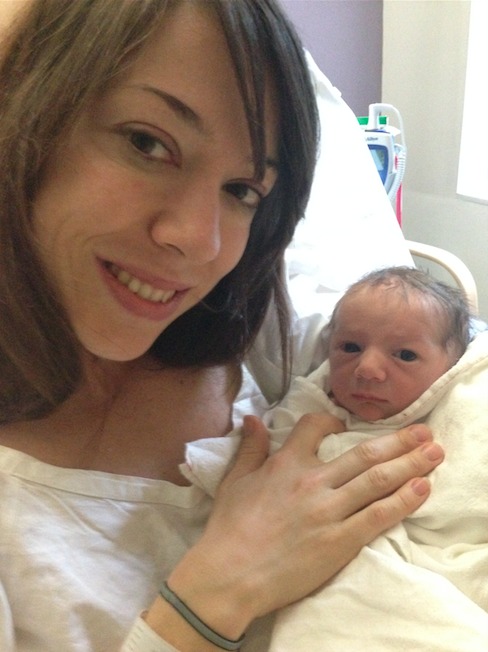
Time to breastfeed!
Holy hell! My mum breastfed all 8 of her children; all I remember her doing is scooping my brothers and sisters up and popping them on her boob. We worked it out together, Max was fed nutritious breast milk and mummy was quietly looking forward to the day she could breastfeeding :).
The healing process
Doctor’s orders: 6 weeks of no driving and no lifting. And special orders just for me, no lifting weights for 3 months. Pfffttt… do you know who I am? Okay no driving for 6 weeks that’s fine. I’ll just walk everywhere and take the pram.
I was determined to get up and moving as soon as possible. 6 hours post cesarean I was up, having a shower. Yes, it was painful but I had a baby and a husband to get home to.
I took the first couple of offers for pain relief medication and then refused it; the medication was making me too drowsy. The nurses would constantly offer me pain relief; even waking me up from sleep and each time I responded with, “no I’m fine. I don’t need it thank you.”
Honey, Can We Eat the Placenta?
My husband learnt about African tribes eating the placenta as a source of rich nutrition for the baby and for the mother to speed recovery as it contains stem cells. I swear, he asked me at least once a week if we could eat the placenta until we learnt about “Placenta Encapsulation” from our birthing classes. Placenta encapsulation is where they dehydrate the placenta and turn it into capsule form to supplement with post delivery.
“A fair compromise!”, Mark was very pleased!
This is something I would recommend for all mummies. Even though I had nothing to compare it to, as this was my first baby, others would comment on my fast recovery.
While waiting for my C-Section we had a research staff member from the hospital ask if they could have my placenta for research purposes. When I said we were keeping it for placenta encapsulation, she was terribly disappointed and tried to guilt us by saying, ‘well I guess you can have it instead of giving it to the children who have cancer’. I was in absolute shock! How rude! Doesn’t our son deserve the best in life as well?!
Besides Mark was not giving up his placenta.
Supplements I took post-natal (after pregnancy)
- Placenta capsules
- Zinc
- Vitamin C
- Gotu Kola
- Magnesium
- Fish Oil
- Probiotic
- Prenatal Multivitamin
I used pure Vitamin E and Candelula ointment topically on the incision to help decrease scarring. I now have a white line just below the bikini line which keeps getting lighter in appearance and no keloid scarring.
So that’s my story!
Being a mummy is an adventure!
It has its rewards and challenges and has changed our lives in every way. It came as a surprise the amount of attention that a human so little actually needs, and how much of my own plans and routine I’ve had to let go.
But we only have one chance to raise this little human, and that is our priority. We’re learning and growing together as a family and we wouldn’t have it any other way.
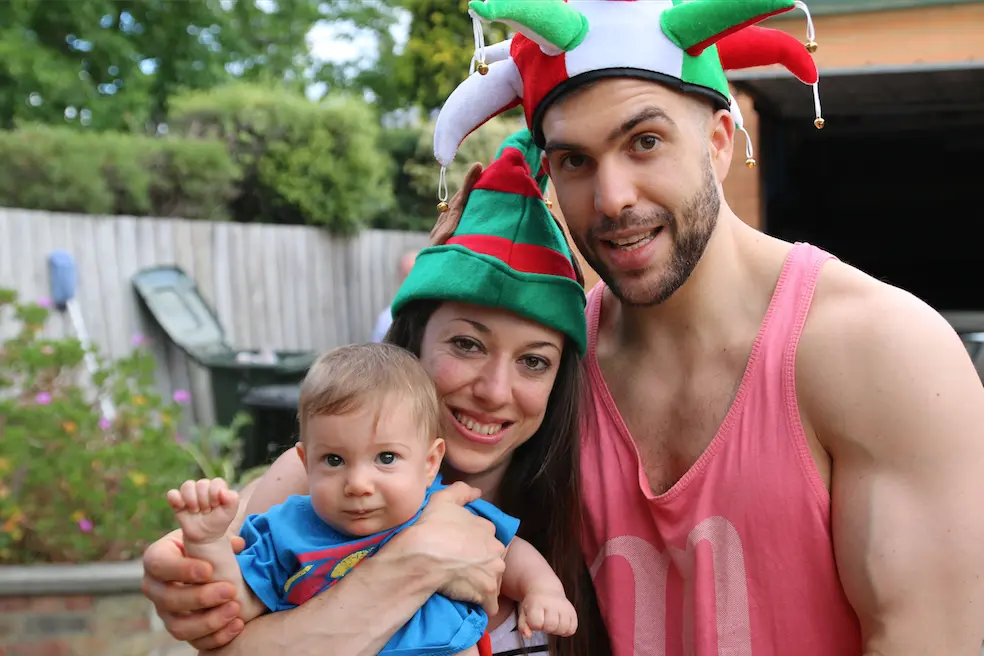
Article written by Enterprise Fitness Naturopath, Kristine Ottobre.
Would you like to work on a health issue with our in-house Naturopath Kristine? Click here to learn more.
Related Posts

